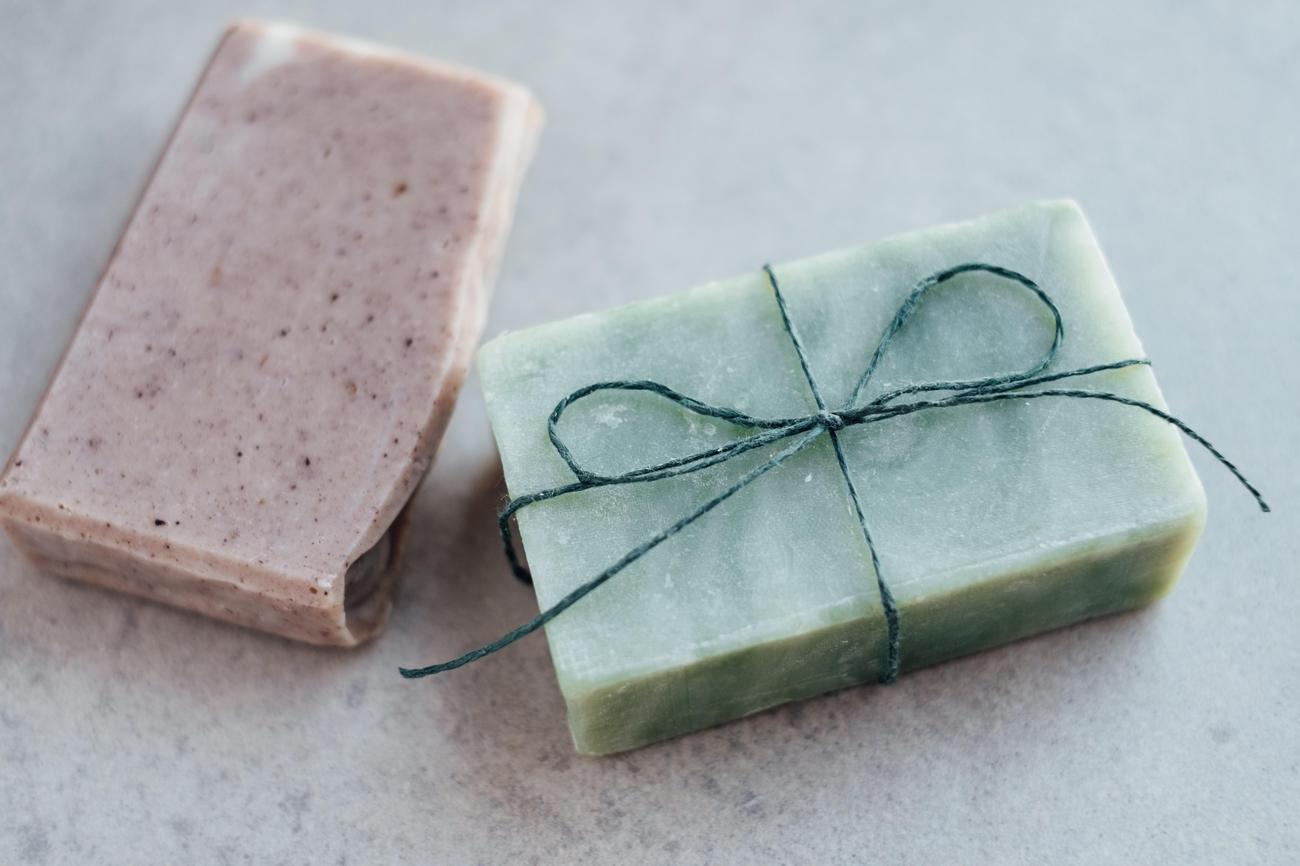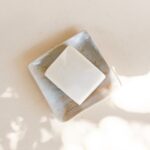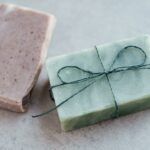Are you ready to dive into the captivating world of soap bars? Get ready to unearth the fascinating facts behind these essential personal hygiene products. From their rich history and intriguing ingredients to their impact on sustainability, this article will unveil the secrets and wonders of soap bars. Whether you’re a skincare enthusiast or simply curious about the origins and benefits of soap, prepare to be amazed by the lesser-known aspects of these everyday essentials. Join me on this journey as we explore the colorful world of soap bars and discover the hidden treasures within.
Interesting Facts About Soap Bars
Soap bars have been a part of human hygiene for centuries, and they continue to be a staple in bathrooms around the world. But there’s more to these humble cleansing agents than meets the eye. Let’s take a closer look at some fascinating facts about soap bars, from their ancient origins to their modern-day variations.

History of Soap Bars
Soap making can be traced back thousands of years, with the earliest known soap being made by the Babylonians in 2800 BC. They combined fats, oils, and ashes to create a basic form of soap. Since then, soap making techniques have evolved, and today we have a wide range of soap options available, each serving a different purpose.
“Soap making is an age-old tradition that dates back centuries.”
Ingredients in Soap Bars
While traditional soap bars typically contain natural ingredients such as oils and fats, it’s important to note that not all soaps are created equal. Some commercial bar soaps consist of harsh chemicals and toxins that can be harmful to our health. In fact, a single bar of commercial soap may contain over 20 toxic ingredients, some of which have been linked to cancer, endocrine issues, and skin problems.
“A single bar of commercial bar soap may contain over 20 toxic ingredients, many of which have been connected to cancer, endocrine issues, and skin problems.”
Categories of Soap Bars
Soap bars come in various forms, each designed for specific purposes. We have face soap, hand soap, antibacterial soap, and even spa and organic soaps. Face soap is formulated to cleanse the delicate facial skin without stripping it of its natural oils. Hand soap is specifically made for hand washing, keeping hands clean and germ-free. Antibacterial soap contains ingredients that help kill bacteria and prevent the spread of infections.
“Soaps can be categorized into sub-categories such as anti-bacterial, bathing, spa, organic, and others.”
Liquid Soap vs. Bar Soap
In the mid-19th century, William Sheppard patented liquid soap, which revolutionized the way we clean ourselves. Liquid soap offers convenience and ease of use, but traditional bar soaps still hold their own. Bar soap is more cost-effective, lasts longer, and often contains fewer preservatives and chemicals compared to liquid soap. Moreover, bar soap is an eco-friendly choice as it typically comes in minimal packaging and produces less waste.
“Liquid soap offers convenience and ease of use, but traditional bar soaps still hold their own.”
Fascinating Soap Bar Records
Soap bars have made their mark in the Guinness World Records, showcasing some truly impressive feats. The largest bar of soap ever made weighs a staggering 14.45 tonnes and was achieved by Jinan Rujia Co., Ltd. in China. On the other end of the spectrum, the world’s most expensive soap costs around $2,700 for a 160-gram piece. This luxurious soap contains diamond and gold powder, making it a true indulgence for those seeking the ultimate bathing experience.
The Sustainable Side of Soap Bars
In recent years, there has been a growing interest in sustainable and eco-friendly products, and soap bars fit the bill perfectly. Many soap bar manufacturers are embracing more sustainable practices, using natural and organic ingredients, and minimizing packaging waste. By choosing soap bars, we can reduce plastic consumption and contribute to a cleaner, greener planet.
“Soap bars are an eco-friendly choice, as they typically come in minimal packaging and produce less waste.”
Soap bars may seem simple and mundane, but their history, ingredients, and sustainability have a captivating story to tell. From ancient civilizations to modern-day preferences, soap bars continue to play a vital role in our personal hygiene routines. So, the next time you reach for a bar of soap, remember the intriguing facts behind this everyday item.
Soap bars have stood the test of time, connecting us to ancient civilizations and showcasing our commitment to sustainability. So, let’s lather up and appreciate the remarkable story behind these cleansing companions.
Did you know that soap cod, also known as Gadus morhua, is a fascinating creature with many hidden facts? If you’re curious to learn more about this incredible fish, click here for some interesting insights: Facts About Soap Cod. Prepare to be amazed by the wonders of the deep sea and discover the secrets that lie beneath the waves. Don’t miss out on this chance to explore the captivating world of soap cod! So, without further ado, let’s dive in and uncover the enchanting mysteries of this remarkable species.

FAQ
What is the history behind soap bars?
Soap making is an age-old tradition that dates back centuries. The earliest known soap was made by the Babylonians around 2800 BC.
Are there any toxic ingredients in commercial bar soaps?
Yes, a single bar of commercial bar soap may contain over 20 toxic ingredients, many of which have been connected to cancer, endocrine issues, and skin problems.
Who patented liquid soap?
Liquid soap was patented by the American William Sheppard in 1865.
What are the different types of soap?
Soap can be categorized into sub-categories such as anti-bacterial, bathing, spa, organic, and others. Soap in a solid form is called a bar of soap, while soap in a liquid form is called liquid soap or foam soap. Soap that is used to wash your face is called face soap, and soap that is used to wash your hands is called hand soap. Soap that can help kill bacteria is called antibacterial soap.
Are there any unique and expensive soaps?
Yes, the world’s most expensive soap costs about $2,700 for a 160-gram piece and contains diamond and gold powder. Additionally, the largest bar of soap weighs 14.45 tonnes and was achieved by Jinan Rujia Co., Ltd. in China.
















